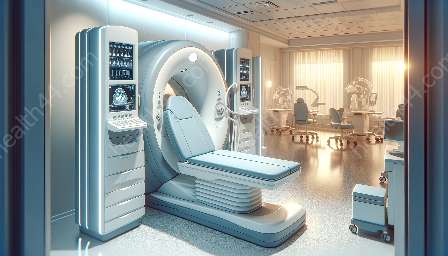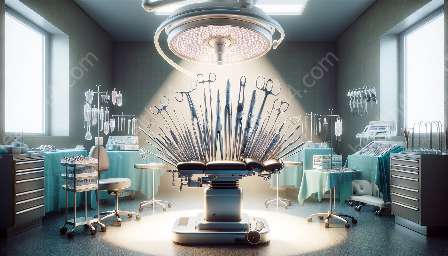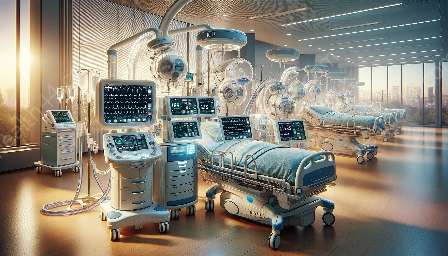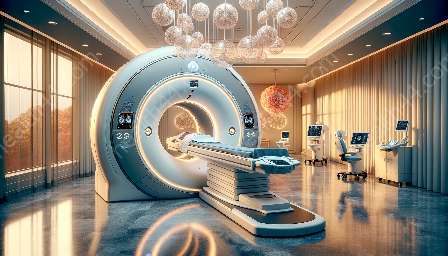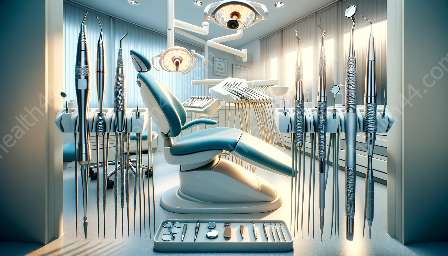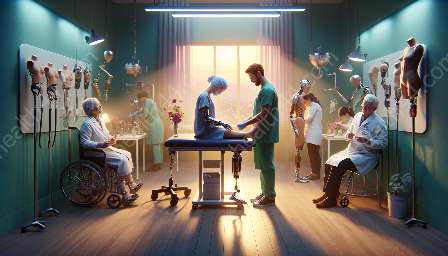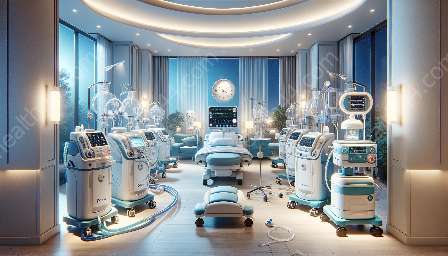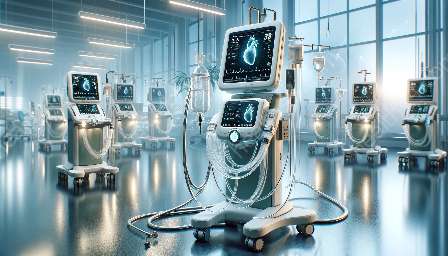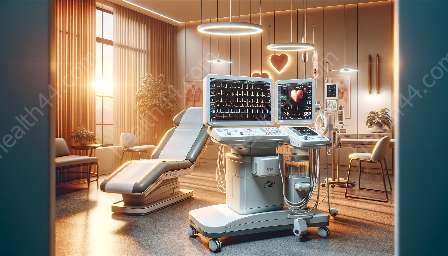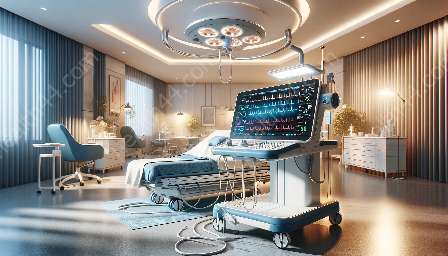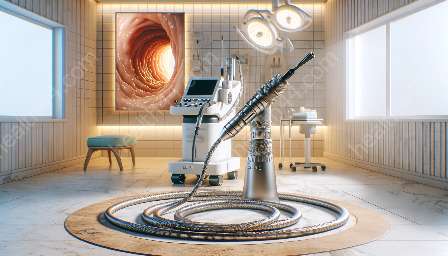Patient monitoring devices have significantly transformed the way healthcare professionals monitor, diagnose, and treat patients. These innovative medical devices and equipment play a crucial role in enhancing health monitoring and patient care.
Patient Monitoring Devices: An Overview
Patient monitoring devices are technological tools designed to track and record various health parameters to ensure timely intervention and effective treatment. These devices have become indispensable in modern healthcare, offering continuous monitoring and assessment of patients' vital signs, allowing healthcare providers to make informed decisions.
The Impact of Patient Monitoring Devices
Patient monitoring devices have revolutionized the healthcare industry by offering numerous benefits, including:
- Early Detection and Intervention: These devices enable healthcare professionals to detect abnormalities in vital signs and physiological parameters, allowing for early intervention and prevention of potential health issues.
- Improved Patient Outcomes: The continuous monitoring provided by these devices contributes to better patient outcomes by ensuring timely treatment and care.
- Enhanced Efficiency: Patient monitoring devices streamline healthcare processes by providing real-time data, reducing the need for frequent manual assessments and enabling healthcare providers to focus on critical cases.
- Remote Monitoring: The evolution of patient monitoring devices has enabled remote patient monitoring, allowing healthcare professionals to monitor patients' health status from a distance, especially relevant during the COVID-19 pandemic.
- Precision Medicine: These devices support personalized, data-driven care, enabling healthcare providers to tailor treatments based on individual patient data.
Types of Patient Monitoring Devices
There are various types of patient monitoring devices designed to monitor different aspects of a patient's health. These include:
- Cardiac Monitors: These devices track the heart's electrical activity, providing critical information for diagnosing and managing heart conditions.
- Respiratory Monitors: These devices assess the breathing patterns and oxygen levels in the body, aiding in the management of respiratory disorders.
- Blood Pressure Monitors: These devices measure blood pressure levels, helping to identify and manage hypertension and other cardiovascular conditions.
- Blood Glucose Monitors: Designed for diabetic patients, these devices measure blood glucose levels, enabling effective diabetes management.
- Multiparameter Monitors: These versatile devices monitor multiple vital signs, including heart rate, blood pressure, and oxygen saturation, providing comprehensive patient assessment.
Enhancing Health with Patient Monitoring Devices
The integration of patient monitoring devices into healthcare settings has significantly improved the quality of patient care. These devices empower healthcare professionals with real-time, actionable data, facilitating prompt diagnosis, timely interventions, and personalized treatment plans.
Furthermore, patient monitoring devices have contributed to the shift towards preventive and personalized medicine. By continuously monitoring patients' health parameters, these devices aid in the early detection of potential health issues, ultimately leading to better health outcomes.
Challenges and Future Developments
While patient monitoring devices have brought numerous advancements to healthcare, there are challenges to consider, including data security and interoperability issues. Healthcare organizations and device manufacturers are actively addressing these challenges to ensure the seamless integration of these devices into the healthcare ecosystem.
The future of patient monitoring devices holds promising developments, including enhanced connectivity, artificial intelligence-driven insights, and the integration of wearable technologies for continuous monitoring. These advancements aim to further improve patient outcomes, streamline healthcare processes, and empower patients to take an active role in managing their health.
Conclusion
Patient monitoring devices have become indispensable tools in modern healthcare, revolutionizing the way patients are monitored and cared for. From early detection and intervention to remote monitoring capabilities, these devices continue to shape the future of healthcare, significantly impacting patient outcomes and overall health.

